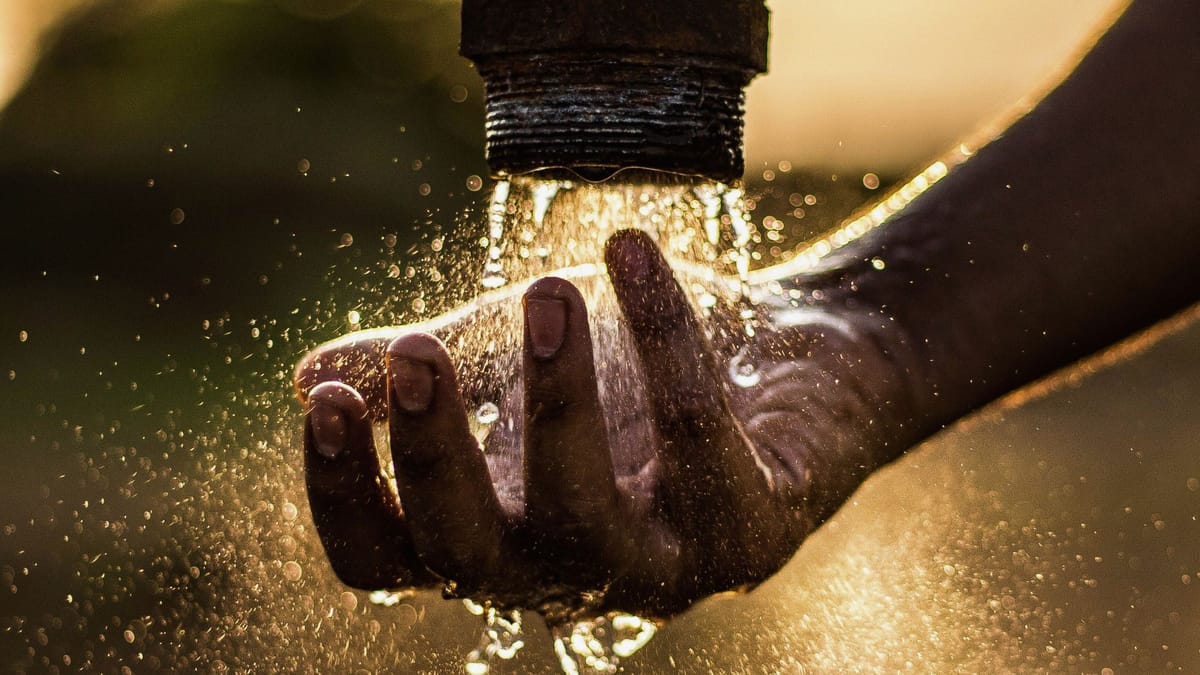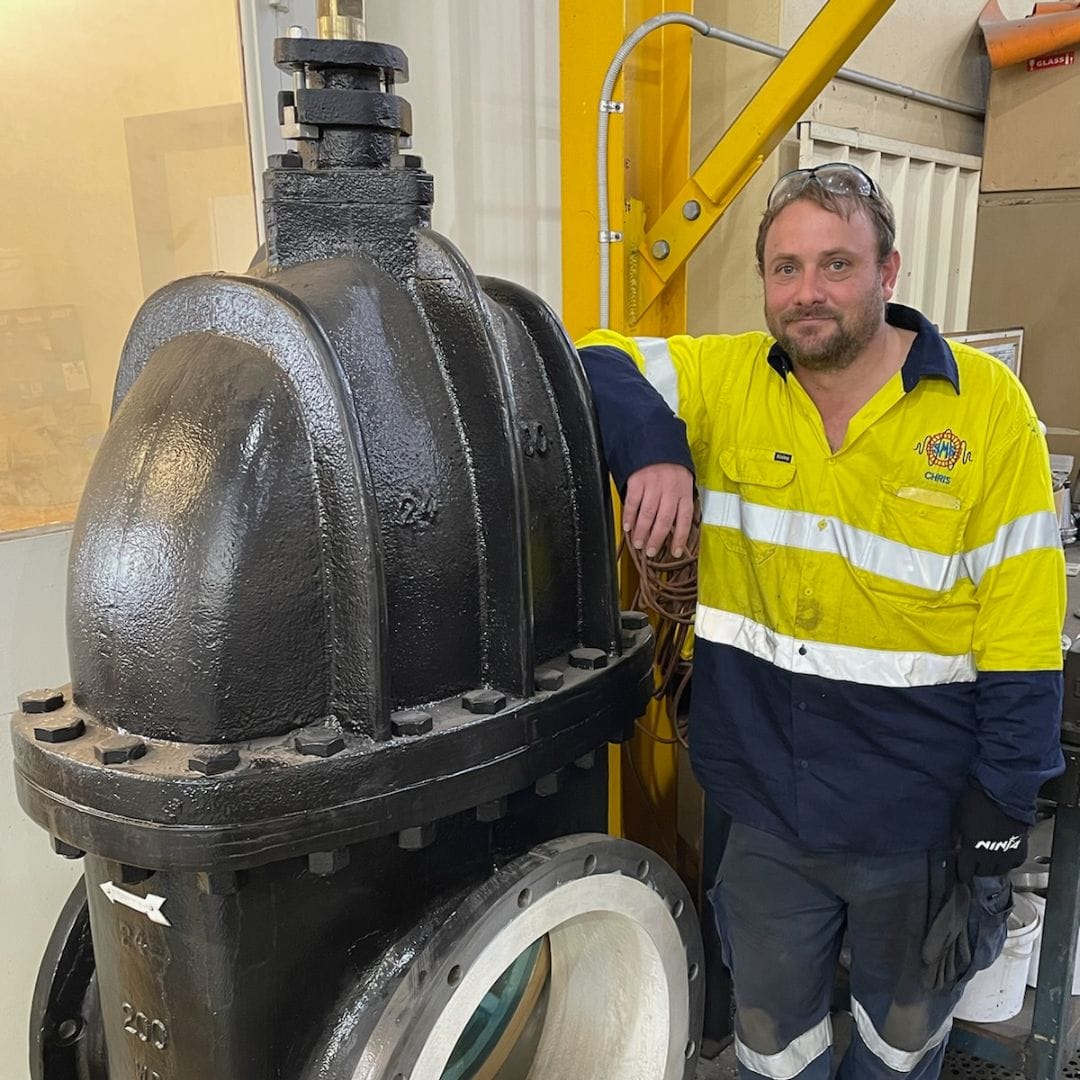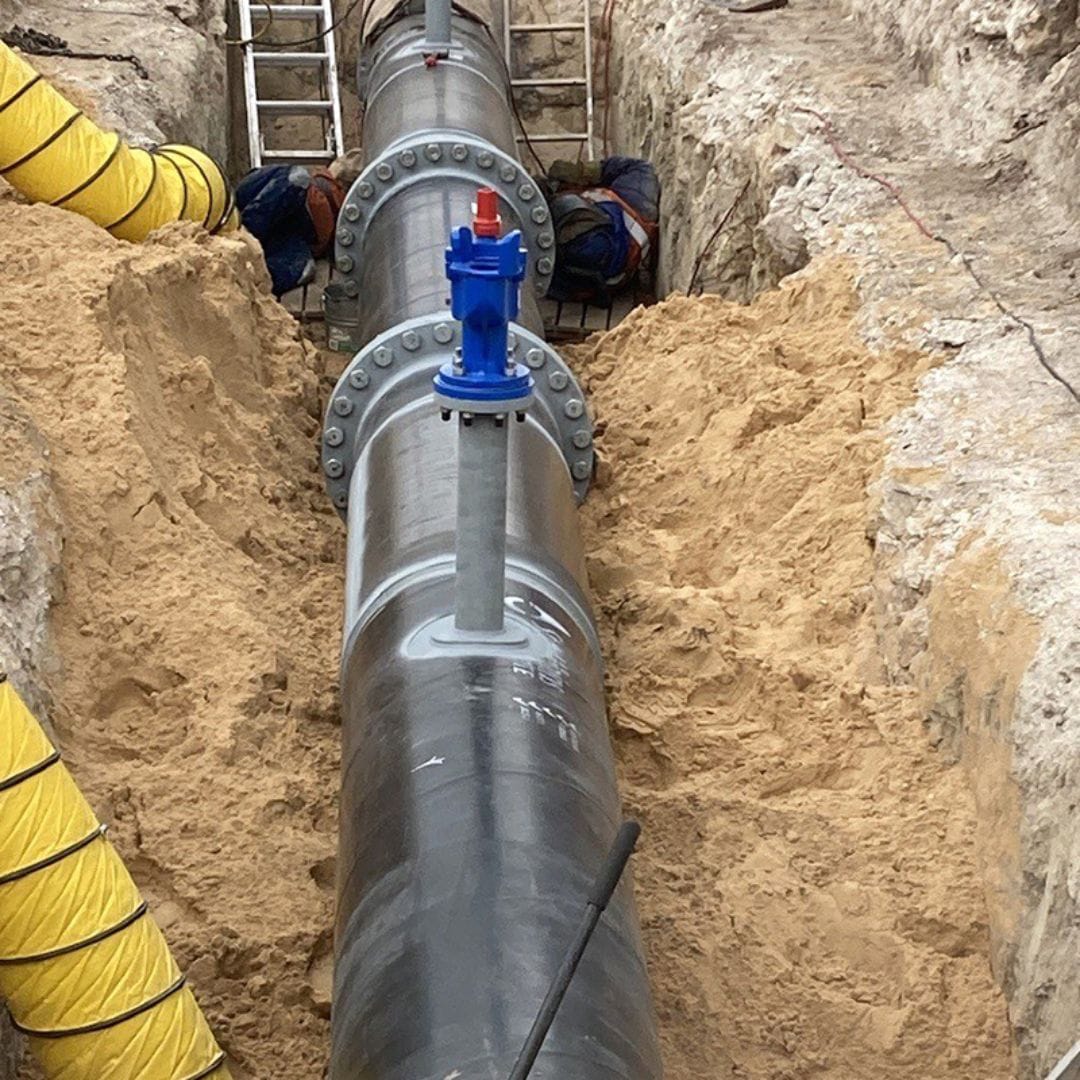Standpipe automation, Tailem Bend pipeline will improve water access
Two projects in the Mid Murray and Coorong district are making water sources more accessible to locals.

Murraylands communities are receiving better access to quality water thanks to two major infrastructure projects in the Mid Murray and Coorong districts.
Standpipes across the Mid Murray district are in the process of being automated, providing ongoing public access to water.
The Palmer and Summerfield standpipes will be automated through private funding contributions by energy companies Tilt Renewables and Copenhagen Infrastructure Partners, proponents of the Summerfield Battery Project.
Another eight water access points elsewhere in the district will also be automated thanks to state government grants.
A tender for the works has been awarded, and offsite manufacturing of the new standpipes has commenced.
Mid Murray Mayor Simone Bailey said the automation of the standpipes would improve accessibility for users, reduce incidents of water theft and vandalism, and reduce ongoing council costs.
“They’ve been relied on in times of disaster, including through the recent drought and River Murray flood," she said.
"However, while we recognise their importance, operating the standpipes is not part of council’s core responsibilities and they have come at a considerable cost for council to maintain."
In recent years vandalism and water theft from the sandpipes had cost the council and ratepayers tens of thousands of dollars, she said.
“Council was already considering options to improve the future management of the standpipes, because we simply couldn’t afford to keep subsidising them," Ms Bailey said.
“With the grant funding available now to automate these standpipes, we can ensure that the amount of water taken is accurately measured and is prepaid."
To access the automated standpipes, users will need to set up an account and access water through a prepaid swipe card.
The change means users will no longer have to visit a council office or other locations to collect a key to access the standpipes.
The remaining standpipes at Towitta and Tungkillo will stay as they are for the time being.



An SA Water field operations staff member with the 3.5 tonne valves to be installed; valve upgrades are located in different sections along the pipeline. Photos: SA Water and Fleurieu Civil
Upgrades completed for Tailem Bend to Keith pipeline
Meanwhile, major upgrades to the 132 kilometre Tailem Bend to Keith pipeline have been completed to reinforce ongoing water reliability in the region.
SA Water recently completed the $5.8 million project following the installation of a seventh 3.5-tonne valve at Tintinara.
The two year project also involved:
- refurbishing three original valves from 1973
- installing four new valves
- building three underground chambers
- adding bypass pipework to reduce future service interruptions
The new and improved valves will reduce service disruptions during outages, benefiting approximately 688 properties at Coonalpyn, Culburra and Tintinara.
SA Water’s general manager of sustainable infrastructure, Peter Seltsikas, said the valves played a crucial role in helping control the flow of water.
“To accommodate the new valves, we constructed three three-metre-deep underground chambers, providing strong housing for the valves to be securely placed.”
“Our crews removed the valves from their underground chambers and safely reinstalled them once the refurbishments were complete.
"By refurbishing the original valves, we have prioritised sustainability, reducing waste and overall project costs," he said.
The 52-year-old mostly above-ground pipeline, sources water from the River Murray, before being treated at the Tailem Bend Water Treatment Plant, and then transported through a further 800 kms of smaller connected water mains.
At full capacity, the pipeline can move up to 44 million litres of drinking water each day.
Rainfall is expected to continue across SA
The project coincided with good news from the Bureau of Meteorology: this summer should provide above-average rainfalls to to most of the country.
But day temperatures are also likely to be above average during the hotter months, from November to January.
Parts of South Australia's Murraylands and Mallee have still missed out on the noteworthy spring rainfall experienced elsewhere around the state.





